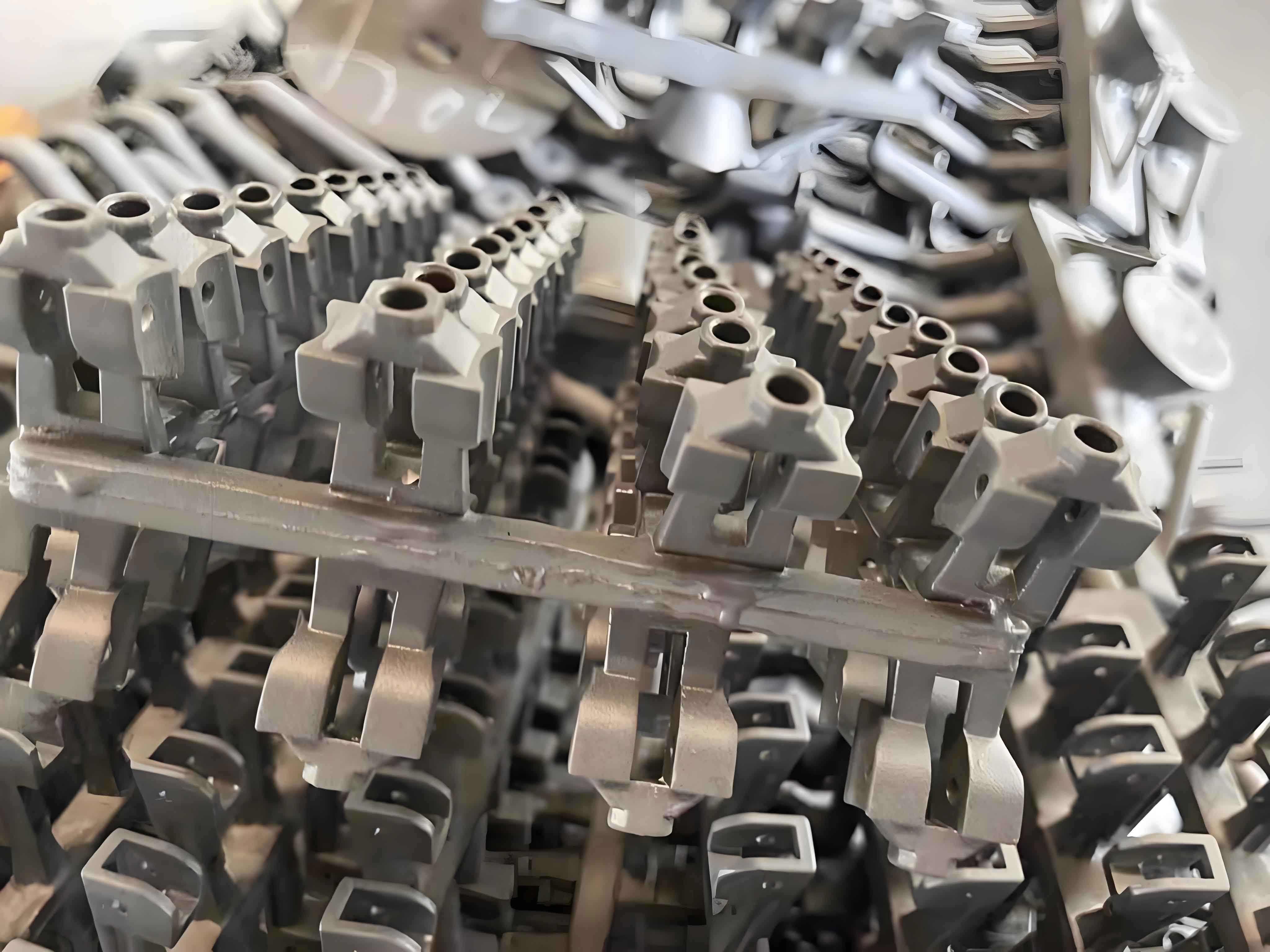The steel casting industry is essential to numerous sectors, from automotive and aerospace to construction and energy. However, it faces challenges such as rising production costs, environmental concerns, and the need for improved efficiency. Implementing lean manufacturing approaches in steel casting production can address these challenges by minimizing waste, enhancing productivity, and improving product quality. This article explores various lean manufacturing techniques and their application in optimizing steel casting production.

Understanding Lean Manufacturing
Lean manufacturing is a systematic approach to identifying and eliminating waste through continuous improvement, driven by the pursuit of efficiency and quality. The core principles of lean manufacturing include:
- Value Identification: Defining value from the customer’s perspective.
- Value Stream Mapping: Analyzing the flow of materials and information to identify waste.
- Continuous Flow: Ensuring a smooth and uninterrupted flow of production.
- Pull System: Producing only what is needed, when it is needed.
- Continuous Improvement (Kaizen): Regularly improving processes to enhance efficiency and quality.
Key Lean Manufacturing Approaches in Steel Casting Production
1. Value Stream Mapping
Value stream mapping is a crucial first step in implementing lean manufacturing in steel casting production. It involves creating a visual representation of the entire production process, from raw material procurement to finished product delivery. This helps identify areas of waste, such as:
- Overproduction: Producing more than what is needed.
- Waiting: Idle time caused by delays or bottlenecks.
- Transport: Unnecessary movement of materials.
- Inventory: Excess raw materials or finished goods.
- Motion: Inefficient movements by workers or machines.
- Defects: Production of defective parts requiring rework or scrap.
Table 1: Common Wastes in Steel Casting Production
| Type of Waste | Description |
|---|---|
| Overproduction | Producing more than demand |
| Waiting | Delays in production processes |
| Transport | Unnecessary movement of materials |
| Inventory | Excess raw materials or finished products |
| Motion | Inefficient movements by workers or machines |
| Defects | Production of defective parts requiring rework |
2. 5S Methodology
The 5S methodology is a lean tool designed to organize the workplace, ensuring efficiency and safety. The five steps of 5S are:
- Sort: Remove unnecessary items from the workspace.
- Set in Order: Arrange necessary items for easy access.
- Shine: Clean the workspace and maintain its cleanliness.
- Standardize: Establish standards for processes and organization.
- Sustain: Maintain and continuously improve the 5S standards.
Implementing the 5S methodology in steel casting production helps create an organized, efficient, and safe working environment, reducing waste and improving productivity.
3. Just-In-Time (JIT) Production
Just-in-time production is a lean approach that emphasizes producing only what is needed, when it is needed, and in the required quantity. This minimizes inventory levels and reduces waste associated with overproduction and excess inventory. In steel casting production, JIT can be achieved by:
- Demand Forecasting: Accurately predicting customer demand to align production schedules.
- Supplier Coordination: Collaborating closely with suppliers to ensure timely delivery of raw materials.
- Flexible Production: Implementing flexible manufacturing systems to quickly adapt to changes in demand.
4. Continuous Improvement (Kaizen)
Kaizen, or continuous improvement, is a core principle of lean manufacturing that focuses on making small, incremental changes to improve processes. In steel casting production, Kaizen can be applied by:
- Employee Involvement: Encouraging workers to identify and suggest improvements.
- Regular Audits: Conducting regular process audits to identify inefficiencies.
- Performance Metrics: Tracking key performance indicators (KPIs) to measure progress and identify areas for improvement.
Table 2: Key Performance Indicators in Steel Casting Production
| KPI | Description |
|---|---|
| Cycle Time | Time taken to complete one production cycle |
| Defect Rate | Percentage of defective parts produced |
| Inventory Turnover | Frequency of inventory replacement |
| On-Time Delivery Rate | Percentage of orders delivered on time |
| Overall Equipment Efficiency (OEE) | Measure of equipment productivity and efficiency |
Implementing Lean Manufacturing in Steel Casting Production
Step-by-Step Implementation
- Assessment and Planning: Conduct a thorough assessment of the current production processes and identify areas for improvement. Develop a detailed plan for implementing lean manufacturing approaches.
- Training and Engagement: Train employees on lean manufacturing principles and techniques. Foster a culture of continuous improvement and encourage employee engagement.
- Value Stream Mapping: Create value stream maps to visualize the entire production process and identify waste.
- Implementation of Lean Tools: Apply lean tools such as 5S, JIT, and Kaizen to eliminate waste and improve efficiency.
- Monitoring and Evaluation: Continuously monitor the implementation process, track KPIs, and evaluate the effectiveness of lean manufacturing approaches. Make necessary adjustments to sustain improvements.
Benefits of Lean Manufacturing in Steel Casting Production
- Reduced Waste: Minimized overproduction, excess inventory, and defects.
- Improved Efficiency: Streamlined processes and reduced cycle times.
- Enhanced Quality: Improved product quality through continuous improvement and defect reduction.
- Cost Savings: Lower production costs due to reduced waste and increased efficiency.
- Employee Engagement: Increased employee involvement and morale through continuous improvement initiatives.
Conclusion
Implementing lean manufacturing approaches in steel casting production is essential for optimizing efficiency, reducing waste, and improving product quality. By adopting techniques such as value stream mapping, the 5S methodology, just-in-time production, and continuous improvement, steel casting manufacturers can achieve significant improvements in productivity and cost-effectiveness. The benefits of lean manufacturing extend beyond operational efficiency, fostering a culture of continuous improvement and employee engagement that drives long-term success.
